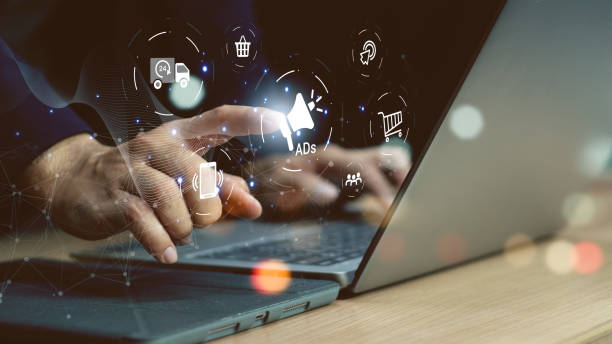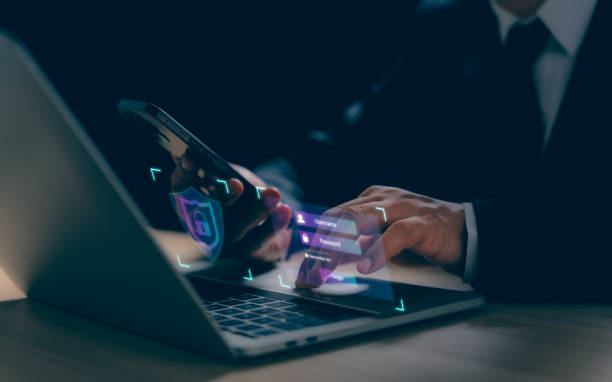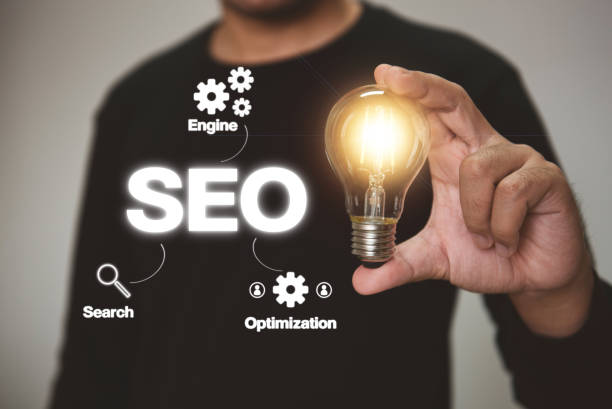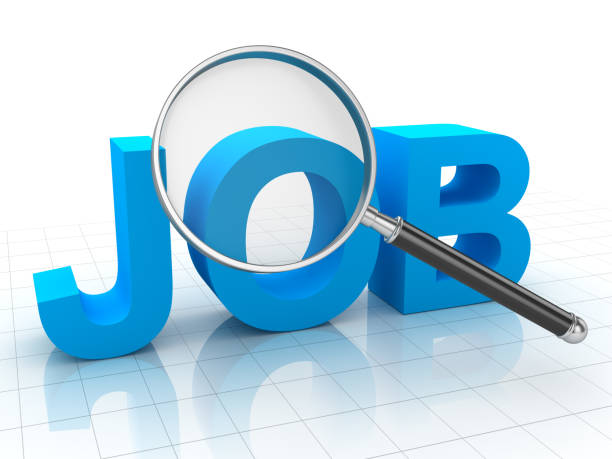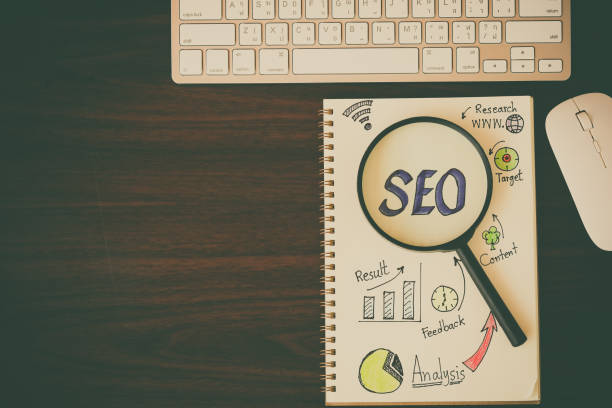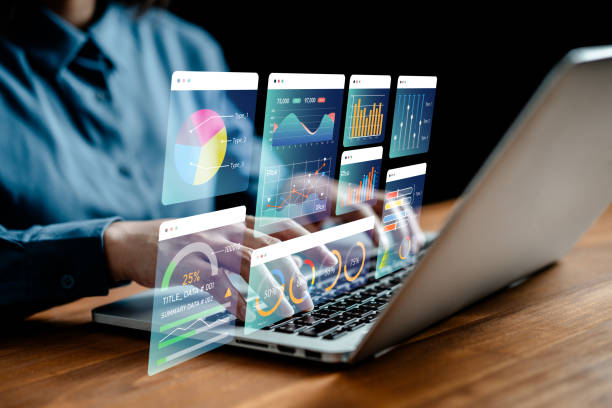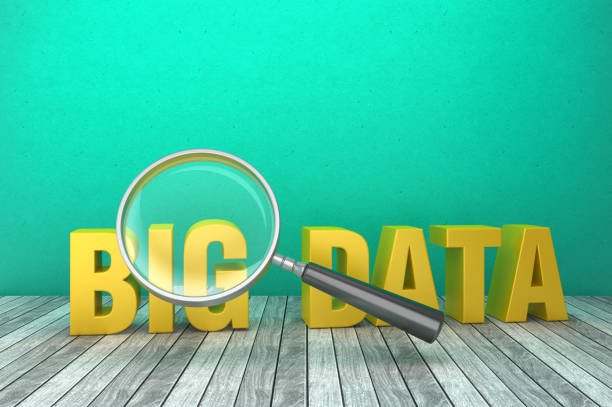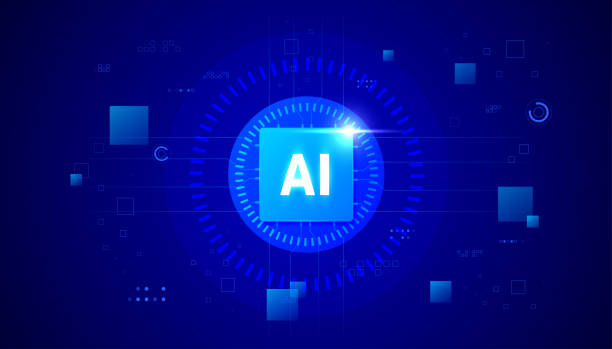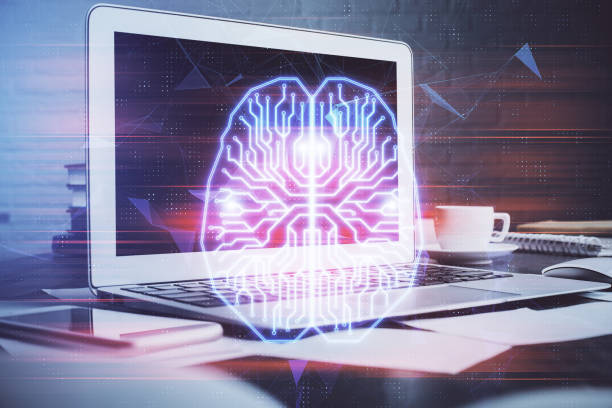What is On-Page SEO and Why Does it Matter?
#On-Page SEO refers to the set of actions we take within a website to improve the site’s ranking in Google search results and other search engines.
These actions include optimizing content, site structure, HTML tags, and other factors related to web pages.
The importance of on-page SEO is that it helps search engines better understand your site’s content and display it to users who are looking for relevant information.
Without on-page optimization, even with the best content, you may not achieve a good ranking in Google.
On-page SEO is an important part of the overall #SEO strategy and without it you cannot achieve success. On-page SEO increases organic traffic, improves user experience, and ultimately increases conversion rates.
The main goal of #on-page SEO is to create a user-friendly and search engine-friendly website that is easily accessible and understandable.
Do you have an online store but your sales are not as expected? Rasaweb solves your problem forever with professional online store website design!
✅ Significant increase in conversion and sales rates
✅ Unmatched user experience for your customers
⚡ Click to get free advice from Rasaweb!
Keyword Research – The Foundation of On-Page SEO
Keyword research is one of the most important steps in #on-page SEO.
You need to identify the words and phrases that users use to search for products, services, or information related to your business.
There are various tools for this, such as Google Keyword Planner, Ahrefs, and SEMrush.
After identifying keywords, you should strategically use them in your site content, titles, meta descriptions, and page URLs.
Note that overusing keywords (Keyword Stuffing) can negatively affect your site’s ranking.
Instead of focusing solely on exact match keywords, it is best to also use LSI (Latent Semantic Indexing) keywords or related keywords to make your content appear more natural and richer.
Keyword research helps you understand what your audience is searching for and create content based on their needs. On-page SEO without accurate keyword research is like building a house without a map.
Click here to preview your posts with PRO themes ››
Optimizing Titles and Meta Descriptions to Increase Click-Through Rate
The Title Tag and Meta Description are two important elements in #on-page SEO that help search engines understand your page content and show it to users.
The page title should be concise, engaging, and include the main keyword.
It is recommended that the title length be between 50 and 60 characters.
The meta description should also be a summary of the page content and encourage users to click on your link.
The meta description should be between 150 and 160 characters long.
Optimizing titles and meta descriptions can significantly increase the click-through rate (CTR), as these two elements are the first things users see in search results.
Using relevant keywords and offering a valuable proposition in the title and meta description can attract users’ attention and encourage them to visit your site.
On-page SEO includes optimizing all parts of the page, including the title and meta description.
Content Optimization – Producing High-Quality and Engaging Content
Content is king! This cliché is still true.
Producing high-quality, engaging, and relevant content to users’ needs is one of the most important factors in #on-page SEO.
Your content should be valuable, informative, and answer users’ questions.
Avoid writing duplicate and copied content, as this can negatively affect your site’s ranking.
Update your content regularly and use images, videos, and infographics to make it more attractive.
Optimize the structure of your content and use subheadings (H2, H3, etc.) to divide the content.
This helps users and search engines easily understand your content.
Internal linking is also an important technique in content optimization that helps you link different pages of your site together and improve your site’s ranking.
| Element | Description |
|---|---|
| Title Tag | Should be concise, engaging, and include the main keyword. |
| Meta Description | Should be a summary of the page content and encourage users to click on your link. |
| Subheadings (H2, H3, etc.) | Used to divide content and improve readability. |
| Images and Videos | Used to make content more attractive and improve user experience. |
| Internal Linking | Used to link different pages of the site together and improve the site’s ranking. |
Are you behind in the competition with major online stores?
Rasaweb puts your business online with professional online store website design and increases your share of the market!
✅ Increase brand credibility and customer trust
✅ Easy shopping experience leads to more sales
⚡ Act now to receive a free website design consultation!
Image Optimization – Reducing Size and Using Alt Tags
Images can play an important role in the attractiveness and user experience of your site, but if they are not properly optimized, they can slow down the loading speed of the site and negatively affect your site’s ranking.
To optimize images, you must first reduce their size.
There are various tools for this, such as TinyPNG and ImageOptim.
Then, you should use the Alt tag to describe the images.
The Alt tag helps search engines understand the content of the images and display them in search results.
The Alt tag should be concise, accurate, and include a relevant keyword.
Also, try to use descriptive filenames for images.
For example, instead of the filename “IMG_1234.jpg” use the filename “image-optimization.jpg”.
On-page SEO includes optimizing all visual elements of the site.
By following these simple tips, you can optimize your images and improve your site’s loading speed.
URL Structure Optimization – Creating SEO-Friendly URLs
The URL structure of your site pages should be SEO-friendly.
SEO-friendly URLs are short, descriptive, and include the main keyword.
Avoid using special characters, numbers, and unnecessary parameters in your URL.
It is best to use a hyphen (-) instead of an underscore (_) to separate words in the URL.
Also, try to organize your URLs hierarchically so that users and search engines can easily understand the structure of your site.
For example, the URL “example.com/blog/seo-internal” is an SEO-friendly URL that indicates that this page is related to the blog section of the site and its topic is on-page SEO.
On-page SEO means that the site structure and URL are understandable to search engines.
Internal Linking – Creating a Strong Communication Network
Internal linking means creating links between different pages of your site.
This helps search engines better understand your site structure and identify more important pages.
Internal linking can also help improve the user experience, as users can easily access related pages.
When internal linking, use descriptive and relevant anchor text.
Anchor text is the text that links to another page.
For example, if you want to link to the “On-Page SEO Guide” page, you can use the anchor text “On-Page SEO Guide”.
Avoid linking to irrelevant pages and try to place your links naturally in the content.
Internal linking is an important strategy in on-page SEO that helps you improve your site’s ranking.
| Advantages | Description |
|---|---|
| Improve Site Ranking | Helps search engines understand the site structure and important pages. |
| Improve User Experience | Easy access to related pages. |
| Increase Time Spent on Site | Users stay on the site longer and visit more pages. |
| Strengthen Keywords | Using appropriate anchor text. |
Site Speed Optimization – Providing a Fast User Experience
Site speed is one of the important factors in #on-page SEO and user experience.
Users expect site pages to load quickly, and if a site is slow, they are likely to leave it.
Google PageSpeed Insights is a free tool that helps you check your site speed and identify potential problems.
Some ways to improve site speed include reducing image size, using a CDN, enabling Gzip compression, and optimizing site code.
Optimizing site speed not only helps improve your site’s ranking, but also improves the user experience and increases conversion rates.
On-page SEO is always looking to improve website loading speed.
Did you know that 94% of first impressions of a company are related to its website design?
Rasaweb helps you create the best first impression by providing professional corporate website design services.
✅ Create a professional and reliable image of your brand
✅ Easier attraction of potential customers and improvement of online position
⚡ Get free corporate website design consultation
Responsive Site – Compatibility with Different Devices
Having a responsive website means that the site is compatible with different devices such as computers, tablets and mobile phones.
Today, many users access the Internet through mobile phones, so having a responsive site is essential.
Google also gives more importance to responsive sites and shows them higher in mobile search results.
To ensure your site is responsive, you can use Google’s Mobile-Friendly Test tool.
Responsive design not only helps improve #on-page SEO, but also improves the user experience and increases traffic and conversion rates. On-page SEO means creating a suitable user experience for visitors.
Using Schema Markup – Helping Search Engines Better Understand Content
Schema Markup is code that helps you provide search engines with more information about your page content.
Using Schema Markup, you can inform search engines of information such as product name, price, rating, author, and publication date.
This helps search engines better understand your page content and display it in a more attractive way in search results (Rich Snippets).
Schema Markup can significantly increase the click-through rate (CTR) and improve your site’s organic traffic.
Using Schema Markup is an advanced technique in #on-page SEO that helps you get ahead of the competition and improve your site’s ranking.
Advanced on-page SEO includes using new techniques such as Schema Markup.
Frequently Asked Questions
| Question | Answer |
|---|---|
| What is On-Page SEO? | On-page SEO includes optimizing elements that are directly in your control and within your website. Its goal is to help search engines better understand the page content and improve its ranking. |
| Why is on-page SEO important? | On-page SEO gives search engines clear signals about the page content, improves the user experience, and increases the chance of attracting organic traffic. |
| What are the most important on-page SEO factors? | Keywords, Title Tag, Meta Description, URL Structure, Quality Content, Image Optimization and Internal Links are among the most important factors. |
| What is the role of the Title Tag in on-page SEO? | The title tag is one of the most important signals for search engines and users, which specifies the main topic of the page. It should include the main keyword and be attractive. |
| How important is the Meta Description? | The meta description does not directly affect the ranking, but by encouraging users to click, it can improve the click-through rate (CTR). |
| How to optimize images for on-page SEO? | By using a descriptive filename, a suitable Alt Text containing keywords, compression to reduce size, and correct dimensions. |
| What is the impact of Internal Links on SEO? | Internal links help search engines to discover and index site pages, distribute credibility (PageRank) throughout the site, and improve user navigation. |
| Is page loading speed one of the on-page SEO factors? | Yes, page loading speed is a critical factor in on-page SEO and user experience. Slower pages can lead to higher bounce rates and lower rankings. |
| What are the characteristics of quality content for on-page SEO? | Quality content should be comprehensive, unique, relevant, reliable, readable, and fully answer users’ needs and questions. |
| How can keywords be used in content? | Keywords should be used naturally in the title, subheadings, first paragraph, body text and Alt text of images. Avoid Keyword Stuffing. |
And other services of Rasa Web Advertising Agency in the field of advertising
Smart Website Development: A combination of creativity and technology to attract customers by optimizing key pages.
Smart Custom Software: A new service to increase SEO ranking by SEO-centric content strategy.
Smart Marketplace: A combination of creativity and technology for user interaction by optimizing key pages.
Smart Data Analysis: A creative platform to improve user interaction with dedicated programming.
Smart Sales Automation: A combination of creativity and technology to improve SEO ranking by SEO-centric content strategy.
And more than hundreds of other services in the field of internet advertising, advertising consulting and organizational solutions
Internet Advertising | Advertising Strategy | Advertorial
Resources
On-Page SEO Guide on Search Engine Journal
,On-Page Optimization at Moz
,Ahrefs On-Page SEO Guide
,Semrush On-Page SEO Guide
? Transform your business in the digital world with Rasaweb Aferin. By offering comprehensive digital marketing services, including custom website design, we help you shine in today’s competitive market and achieve your goals.
📍 Tehran, Mirdamad Street, next to the Central Bank, South Kazerun Alley, Ramin Alley No. 6
“`



